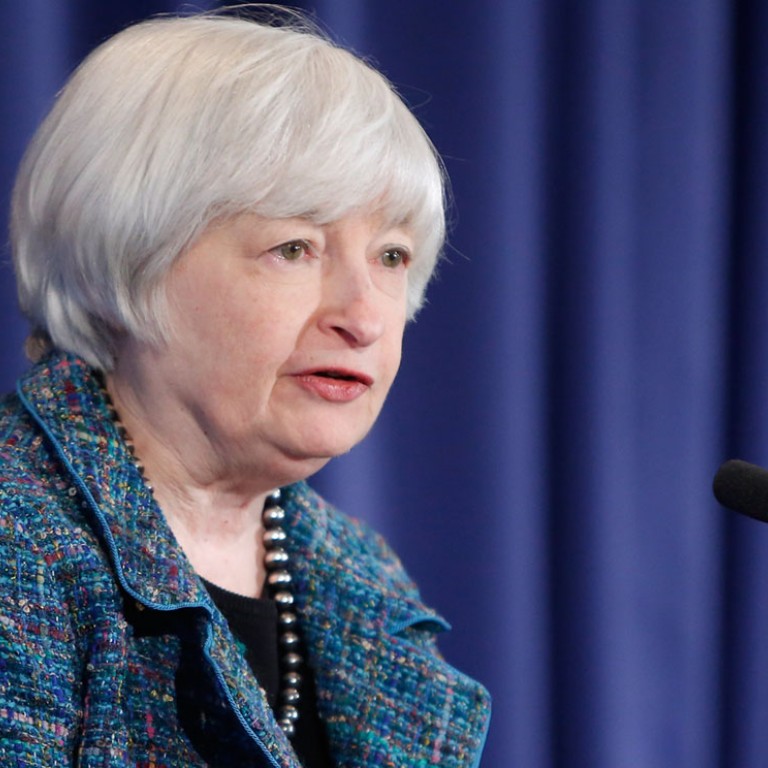
Fed readjusting to new policy era after recovery from financial crisis
US central bank to wait and see how economy shapes up after end to quantitative easing and six years of radical action to fight financial crisis
All good things inevitably come to an end. In the case of the United States economy, it was about time Federal Reserve chief Janet Yellen brought the Fed's five-year bond-buying programme, or quantitative easing, to a timely conclusion.
The US economy has been hogging the fast lane of recovery for so long that last week's decision to ease off the monetary throttle and set the stage for a new policy era seemed long overdue.
In the past six years, the US has been through challenging times and it has taken radical action to beat off recession, deflation and a punishing financial crisis. Yellen's predecessor, Ben Bernanke, needed to be a trailblazer, championing the use of zero interest rates and unprecedented amounts of bond-buying to snatch the US out of the jaws of disaster. But the US has become so hooked on cheap money that Yellen will have her work cut out weaning the economy off its dependency without compromising sustainable growth and full employment in the process. The last thing it needs now is a toxic withdrawal shock.

Consumer confidence is still wavering despite the jobless rate falling to a six-year low of 5.9 per cent. A tell-tale sign of continuing vulnerability is the downward drift in inflation below the Fed's 2 per cent consumer price index target.
Even so, Yellen's new monetary regime is already under way. As promised, the Fed brought its monthly bond buying programme to a close but still stands ready to keep its US$4.4 trillion balance sheet intact for the time being. It is an important bellwether for investors as it underlines its commitment to keep financial markets awash with more than ample liquidity to support risk-taking and investment.
The Fed's language has assumed a more hawkish tilt too. In an important departure from past policy statements, labour market slack is no longer described as being "significant". The Fed has also played down global risks to growth prospects, especially recent financial market volatility and the weakening economic picture in the euro zone. The minutes say the Fed "continues to see sufficient underlying strength in the broader economy". In other words, the US recovery has enough stamina to stand on its own feet.
The Fed is sticking to its belief that interest rates should stay near to zero for a "considerable" time, but warns that rate rises will be brought forward if its employment and inflation objectives are met sooner. The market still envisages the Fed will bump up borrowing costs by the middle of next year, but it could be sooner given its conditional link to the improving economic picture.
There are good reasons why the Fed can take its time. Monetary conditions have started to tighten, thanks to a stronger US dollar. Since the middle of this year, the dollar index against a basket of currencies has appreciated 10 per cent, equivalent in monetary terms to a rise of 2.5 percentage points in short-term interest rates. Over the next year this could shave as much as 0.25 per cent to 0.5 per cent off US growth potential - no bad thing for the Fed if it is worried about possible overheating risks. Given the bullish mood surrounding the dollar, the proxy tightening effect on the economy looks set to extend even more.
And as market expectations continue to discount higher US rates ahead, the impact of rising bond yields will do the Fed's work for it as borrowing costs start to rise in step.
Yellen has set the wheels in motion for tighter money without any reason to rush into it just yet. The economy is moving well under its own steam, job creation is making good progress and inflation is not a worry. Yellen can afford to wait and see how the economy shapes up over the next few months. The Fed has done its bit for global recovery and now it is time other countries step up to the plate.

